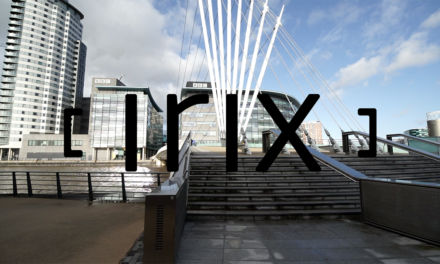Cambo ACTUS-GFX for Fujifilm GFX50s
Cambo is pleased to announce the new ACTUS-GFX for use with the Fujifilm GFX 50s medium format camera body.
The ACTUS-GFX is a technical camera platform that enables GFX50s users to apply movement, swing, tilt, rise and fall capturing the detail required when shooting in or out of the studio. The medium format 33mm x 44mm sensor captures a wider area than current full size DSLR systems.

Actus-GFX
“Modularity is the keyword – the systems components may be separated and recombined’”
The ACTUS-GFX can be used in combination with the GFX-50s and the full range of Actar lenses 24mm, 60mm, 80mm, 90mm and 120mm Macro. But it doesn’t stop there as there are also lens plates available for Hasselblad, Mamiya, Pentax, Rodenstock and Schneider.

Actus-GFX and Mamiya Lens
Lenses will work without a built-in shutter, the GFX50s camera shutter operates when the electric lens is detached, enabling the camera body to be used with the ACTUS-GFX.
ACTUS-GFX specifications;
- Size L / W / H: 152 x 115 x 171 mm
- Weight: 1150 grams
- Front Swing: 360 degrees
- Front Tilt: 19 degrees (+10/-9)
- Rear Shift Vertical: 27mm (12/15)
- Rear Shift Horizontal: 40mm (20/20)
- Focus Travel: up to 134mm (to GFX-sensor)
Lens plates options:
- Copal 0
- Copal 1 (#3 on request)
- Hasselblad C Bayonet
- M39 Leica thread
- Mamiya 645 ProTL bayonet
- Mamiya RZ/RB bayonet
- Pentax 645 bayonet (for mirror less bodies only)
Cambo ACTUS System Brochure
What’s in the box?
The ACTUS-GFX includes front and rear standards, Monorail Bellows and Bayonet Holder for Fujifilm GFX50s. You will need to buy the lens panel according to your requirements.

New Camera Bayonet System
Comment: We’re looking forward to testing this camera system soon. When handling the GFX50s it was extremely lightweight and will certainly be a bonus to carry a lightweight digital camera along with the smallest technical system. The EVFTL-1 Tilting Viewfinder looks like a useful accessory as there are occasions when pushing your eye up to the camera can be awkward. It will also be much easier to view at low levels as you would a traditional medium format camera.
Is it as good as a digital back? We’ll let you know once we’ve put it through its paces. Don’t forget to subscribe!







